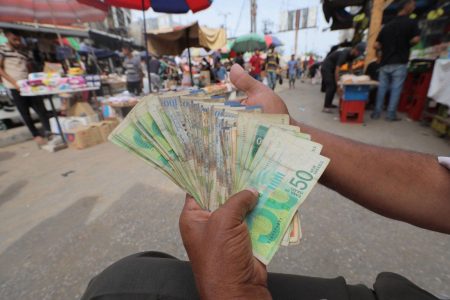Connections, a word puzzle introduced by The New York Times in June 2023, has rapidly gained popularity, becoming the publication’s second most played game after Wordle. The game challenges players to categorize 16 words into four groups of four, based on shared characteristics. Each category is assigned a color – yellow, green, blue, and purple – representing increasing levels of difficulty. The puzzle’s complexity arises from the nuanced relationships between words, often involving homophones, wordplay, and other linguistic tricks. Players have four attempts to correctly group the words, with no time limit imposed. The ability to shuffle the words on the board aids in identifying connections that might be initially overlooked.
The essence of Connections lies in its demand for logical thinking and linguistic dexterity. Players must analyze the 16 presented words, seeking subtle links and common threads that tie them together. The color-coded difficulty levels add another layer of challenge, requiring players to strategically approach the puzzle. While the yellow category presents relatively straightforward connections, the green, blue, and purple categories demand increasingly sophisticated understanding of language and its nuances. The absence of a time limit encourages thoughtful consideration and strategic deduction, allowing players to thoroughly examine the words and their potential relationships.
Wyna Liu, the crossword editor at The New York Times tasked with developing Connections, emphasizes patience as a key strategy. She advises against rushing to group words even if a category seems readily apparent. Identifying five words that seemingly belong to a single category doesn’t guarantee the correct grouping of four within that category. A premature guess might include a word that doesn’t fit, wasting a valuable attempt. Waiting for a clearer understanding of the connections within a category, even if it means delaying a guess, increases the likelihood of accurate categorization.
To illustrate the gameplay and the intricacies of the connections, let’s analyze a specific example: Connections #549. The yellow category, “Things You Shake,” includes Hairspray, Magic 8 Ball, Salad Dressing, and Snowglobe. The connection lies in the action required to use these objects – shaking. The green category, “Utopia,” comprises Paradise, Seventh Heaven, Shangri-La, and Xanadu, all representing places of ideal perfection. The blue category, “Proper Nouns Portmanteaux,” includes Jazzercise, Paralympics, Pokemon, and Wikipedia, all words formed by blending two or more words. Finally, the purple category, “Ending in Synonyms for ‘Friend’,” consists of Ketchum, Paypal, Primate, and Rosebud, with the latter half of each word relating to the concept of friendship (chum, pal, mate, bud).
These examples highlight the varied nature of the connections, ranging from physical actions (shaking) to conceptual associations (utopia) and linguistic constructions (portmanteaux). The purple category, in particular, demonstrates the puzzle’s complexity, requiring players to look beyond the surface meaning of the words and analyze their components. This intricate web of connections requires players to engage both their logical reasoning and linguistic knowledge, making Connections a challenging yet rewarding puzzle.
Connections offers a daily dose of mental stimulation, challenging players to analyze words and discover hidden relationships. With its graded difficulty levels and clever wordplay, the puzzle caters to a wide range of linguistic abilities. The absence of a time limit encourages thoughtful engagement, allowing players to unravel the connections at their own pace. Connections provides an engaging and rewarding experience for word enthusiasts, combining logic and language in a stimulating and enjoyable format. The daily release of new puzzles ensures a continuous stream of mental workouts, keeping players engaged and their minds sharp.










